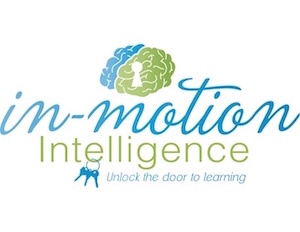She wins a horse. Her non-horsey parents drive the truck and trailer nine hours to the ranch. Upon arrival, the breeders introduce her to the foal, “You can put the halter on her.” How does one approach a wild weanling? And then get her in the trailer to begin the trek east? The tired crew arrived home after dark. Long walk out to the horse paddock through the swamp filled with critters and the very black sky. Weanling had to trust Leah implicitly; mom was praying (and shaking) in the house.
Morning and night. Feed the foal. Halter on. Halter off. Introduction to a lead rope. Pick up hooves. Groom. Repeat.
Bonding and Its Side Effects
Bonding is the first step in a successful riding partnership. Luckily this duo had two years to bond before that initial ride. Broken bones, mono, vision therapy, and other physical ailments tried but couldn’t sabotage the bond being built. (PS Neither could a pandemic!)
As a 2-year-old, ground driving was the primary training task. The day of county competition, Leah was not feeling good. Those pesky physical ailments were quite annoying that day. Mandy, the horse, always did what was asked with minimal aids. Yet, this particular painful day, she refused to move faster than a walk.
Why was she ignoring the cues? Bonding is my hypothesis. This horse sensed Leah’s pain. Mandy protected her by refusing to move faster than Leah’s visual system and core muscles could coordinate. Tears of frustration were shed for self and horse. But upon reflection, it seems Mandy was so tuned in, she chose heart connection over responding to the lunge whip and even natural aids (e.g. the voice).
Trust
The bonding reflex is powerful. Take time to build a thick cord of trust between yourself and your horse. Play. Hang out. Work. Together. Deepen the bond with intentional desensitizing challenges. It doesn’t have to involve guns or smoke.
The goal is a 2-way street of trust between you and your horse. If you’re out on the trail, you want your horse to remain with you, not spook and hightail it elsewhere. If you’re competing in a loud, strange smelling place, you want that horse to tune out the distractions and tune into the job at hand. Whether tying goats, roping calves, running barrels or completing a pattern in a pleasure class, you want your four-legged teammate bonded to you.
Horses to Humans
Bonding isn’t farfetched or woo-woo. It’s a mammalian concept. Do some research on adoptions, cases of neglect, Reactive Attachment Disorder, reflexes. Observe human newborns, babies and young children as they seek attention (positively and negatively). And observe puppies, foals, calves and kitties.
All this to encourage you… the next time you’re going to mount your horse, consider:
- Did you connect heartfully?
- Did you connect physically before thrusting yourself upon the animal’s back?
Bonding with your horse will improve your riding as you find the sweet spot of relaxed trust balanced with positive stress-filled expectation. Positive talk, full oxygenated breaths, and the movements from the previous article will also strengthen the bond.
At various conferences from Banff to Bali to Budapest, I’ve attended workshops on horses and humans. Horses have an uncanny ability to connect and bring coherence to your world, if you’ll let them.
© 2022 Cindy Goldade, In-Motion Intelligence






